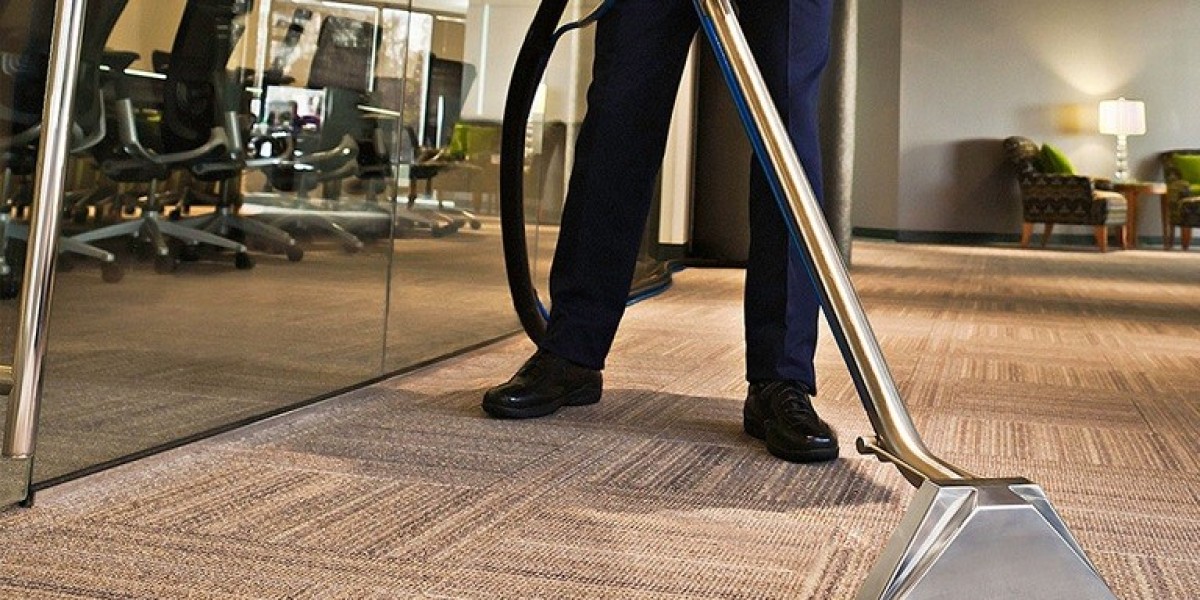Unlock the Secrets to Sourcing Perfect 3D Printing Materials for Your Printer!
In the ever-evolving world of 3D printing, one fundamental aspect that can make or break your printing experience is the choice of materials. Selecting the right 3D printing materials is crucial for achieving successful printing outcomes, whether you're a hobbyist creating intricate designs or a professional producing functional prototypes. However, many users face challenges in identifying compatible materials for their specific printers. With a myriad of options available, navigating through the various types of filaments and resins can feel daunting. This article aims to demystify the process, providing you with the knowledge needed to make informed decisions about 3D printing material compatibility.
Understanding 3D Printing Material Compatibility
Material compatibility in 3D printing refers to the ability of a specific printer to effectively utilize different types of filaments or resins. Each material has its own unique properties, which can significantly affect the quality and durability of the printed object. Common 3D printing materials include PLA (Polylactic Acid), known for its ease of use and biodegradability; ABS (Acrylonitrile Butadiene Styrene), favored for its strength and heat resistance; and PETG (Polyethylene Terephthalate Glycol), which combines the ease of PLA with the durability of ABS. Understanding these characteristics is essential when selecting materials that will work harmoniously with your printer, ensuring optimal performance and results.
Factors Influencing Material Compatibility
Several key factors influence the compatibility of materials with your 3D printer. First and foremost are the printer specifications, including the type of printing technology (FDM, SLA, etc.) and the design of the extruder. For instance, a printer designed for high-temperature materials may not perform well with lower-temperature filaments. Additionally, nozzle size plays a crucial role; larger nozzles may be better suited for thicker materials, while finer nozzles allow for detailed printing with thinner filaments. Temperature settings are equally critical; each material has an optimal temperature range for extrusion and bed adhesion. To assess these factors, consult your printer’s manual, experiment with different settings, and take notes on the results. This will help you better understand the interplay between your printer and various materials.
Finding Compatible Suppliers
Sourcing compatible 3D printing materials requires a strategic approach. Start by researching suppliers that specialize in your required materials. Online forums, social media groups, and 3D printing communities can provide valuable insights and recommendations. Reading reviews from other users can also guide you in assessing supplier reliability. When considering a supplier, look for consistency in quality, customer service, and delivery times. A friend of mine once faced issues with a supplier who promised high-quality filament but delivered inconsistent batches. By sharing experiences and learning from the community, you can avoid similar pitfalls and find trustworthy sources for your materials.
Testing and Experimentation
Once you have sourced your materials, it's essential to conduct tests to determine their compatibility with your printer. Begin with small prints to minimize waste and observe how each material behaves during the printing process. Document your results meticulously, noting any issues such as warping, stringing, or layer adhesion problems. This experimentation phase is vital, as it informs your future material choices and helps you refine your printing techniques. By embracing a spirit of testing and learning, you can unlock the full potential of your 3D printer and produce outstanding results.
Key Takeaways on 3D Printing Material Selection
In conclusion, the journey to finding the right 3D printing materials is filled with opportunities for discovery and growth. Understanding material compatibility, considering key influencing factors, and sourcing materials from reliable suppliers are all critical steps in achieving optimal printing results. By engaging in thorough testing and experimentation, you can enhance your 3D printing experience and produce high-quality prints that meet your needs. Remember, the right materials can transform your creative ideas into tangible realities, so take the time to explore and select wisely!







